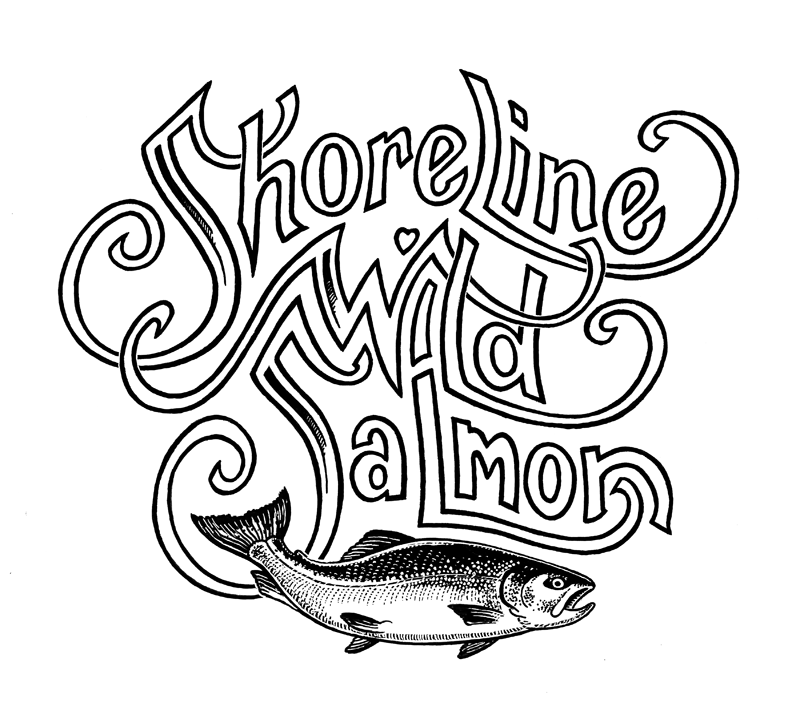Omega-3 Fatty Acids and Wild Alaska Salmon
What are omega-3 fatty acids?
Mayo Clinic defines omega-3 fatty acids as a “ type of unsaturated fatty acid that may reduce inflammation throughout the body”. There are three main types of omega-3 fatty acids: EPA (eicosapentaenoic acid), DHA (docosahexaenoic acid), and ALA (alpha-linolenic acid). EPA and DHA are found in seafood, whereas ALA is found in plants.
How do omega-3 fatty acids benefit your health?
Eating foods that contains omega-3 fatty acids is good for your health for many reasons; reducing inflammation is just one of them! Omega-3 fatty acids also have enormous benefits when it comes to cardiovascular health. In fact, the American Heart Association recommends eating fatty fish, like salmon, at least twice a week to reduce your risk of heart disease and stroke. In addition, omega-3 fatty acids are effective in lowering triglyceride levels. When there are too many triglycerides in your blood, your risk of heart disease and stroke is higher. Omega-3s also lowers your blood pressure and raises your good cholesterol, also known as your HDL (Cleveland Clinic).
What are the best food sources for omega-3 fatty acids?
You guessed it… fish! Healthline lists salmon as one of the top 12 foods that are very high in omega-3 fatty acids, and even refers to salmon as one of the most nutrient-dense foods on the planet. According to FoodData Central, salmon contains 2,150 mg of EPA and DHA (combined) in 3.5 ounces.
Should I be concerned about mercury content in fish?
Thousands of fish from all over the state of Alaska, primarily in coastal marine waters, are tested as part of an ongoing Fish Monitoring Program to observe mercury content among fish sampled from Alaska waters. Fish are also collected from streams, rivers, and lakes that are important for subsistence and sport fishermen. The data from this program allows regulators, scientists, and the public to make informed decisions about fish consumption and the impact of environmental contaminants on commercial and subsistence fisheries in the state of Alaska.
This program has determined that all species of wild Alaska salmon have very low levels of mercury. In addition, according to the DHSS, state health officials are actively monitoring Alaska residents and have not found any cases of unsafe mercury exposures resulting from consumption of Alaska fish. Alaska Salmon is even rated as a “best choice” by the Environmental Defense Fund for its low mercury content and high levels of omega-3 fatty acids. Learn more here.
Why the health benefits of wild salmon matter to us:
If you ask us, Alaska salmon are the superfood of the sea. They are sustainable wild-caught fish with an unbeatable taste AND are loaded with nutrients that are good for you. People often ask us if we tire of eating salmon, and the answer is… no way! Wild salmon fuel us. We recognize how much they provide for us in regards to our health as individuals, as well as on a community level. It means a great deal to us to handle and care for these wild salmon so that our customers throughout the country can access the same nutrient-packed proteins from the comfort of their homes.
Interested in having some of our wild salmon shipped directly to your door? We ship our wild Alaska salmon in 5 lb, 10 lb, and 15 lb increments. Click the button below to start shopping.


